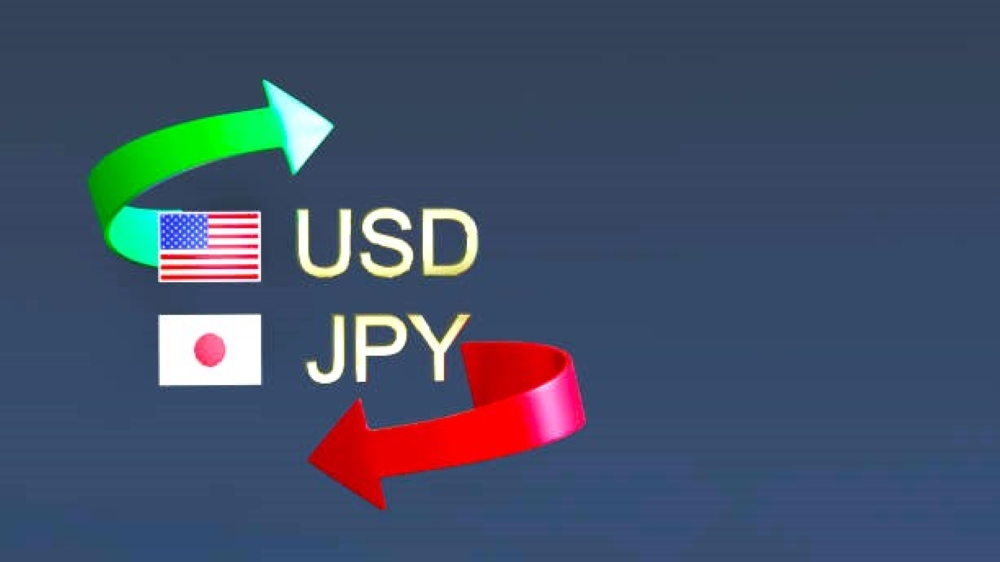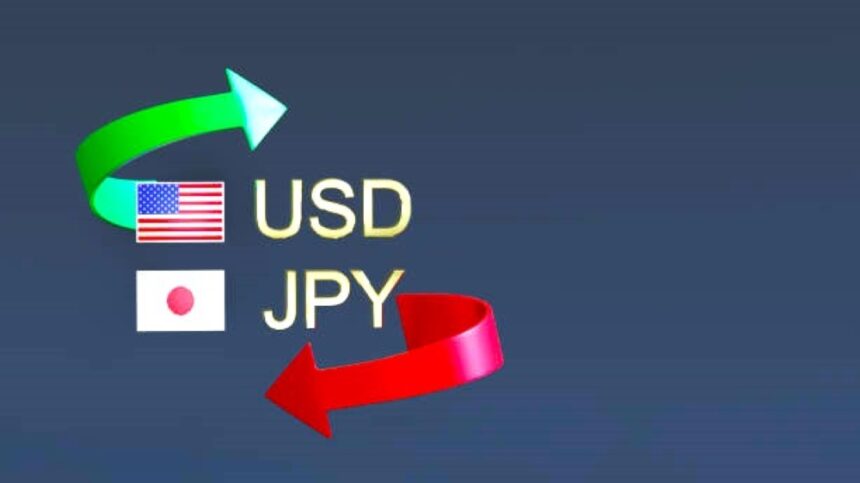Japanese Yen Rises Toward Weekly High as US Dollar Slumps on Fed Uncertainty and Trump-Powell Tensions
Japanese Yen (JPY) gained ground sharply on Thursday, approaching its weekly high against the US Dollar (USD), as USD/JPY dropped below the critical 145.00 level. The move reflects not only strength in the Yen but also deepening weakness in the US Dollar amid growing concerns over US monetary policy direction and political interference from President Donald Trump. With Japanese inflation remaining firm and the Bank of Japan (BoJ) slowly pivoting toward policy normalization, the Yen’s upside appears supported — particularly against a dollar that is under pressure from dovish Federal Reserve (Fed) expectations and political noise.
Dollar Slumps to 3-Year Low as Japanese yen Drops Below 145.00.
The USDJPY currency pair slid below the psychologically important 145.00 mark during the Asian session on Thursday, signaling renewed interest in the Yen. This comes after the pair briefly rebounded earlier in the week, only to be dragged lower by a deepening drop in the greenback. The US Dollar Index (DXY) slumped to its lowest level since March 2022 as traders priced in two Fed rate cuts by year-end, while political drama added further weight.
BoJ Stays on Slow Path Toward Policy Normalization
While the Bank of Japan has historically remained the last major central bank to keep interest rates near zero or negative, recent inflationary developments in Japan are challenging that stance. In its latest monetary policy announcement, the BoJ signaled a reduction in government bond purchases starting in fiscal 2026 but refrained from announcing any short-term rate hikes.
However, inflation data is telling a different story. Japan’s core Consumer Price Index (CPI) has stayed well above the BoJ’s 2% target for over three years, and May’s figures marked a more than two-year high. Meanwhile, Japan’s Corporate Services Producer Price Index (CSPPI), often seen as a leading indicator of consumer inflation, has held steady above 3% YoY, indicating persistent price pressures in the service sector.
These inflation trends, coupled with a narrowing output gap and rising wages, keep the possibility of a rate hike on the table later in 2025. Though cautious, the BoJ appears willing to consider gradual normalization — in sharp contrast to the Fed’s emerging dovish tone.
Fed Outlook Dovish Amid Moderating US Inflation
On the other side of the Pacific, the Federal Reserve is shifting gears. Chair Jerome Powell, in his testimony before Congress this week, acknowledged a moderation in inflation pressures. While he emphasized the need for more data before adjusting policy, Powell conceded that tariffs proposed by President Trump could complicate the inflation picture if reimposed.
Despite Powell’s measured stance, markets have grown increasingly confident in an easing cycle beginning later this year. Futures markets are now pricing in at least 50 basis points of cuts by December, with around a 20% probability of the first cut occurring as early as July. That expectation is dragging on US Treasury yields and undermining the US Dollar broadly.
Trump-Powell Tensions Stir Political Risk and Hit Dollar Sentiment
Further complicating the Fed’s trajectory is rising political risk. US President Donald Trump publicly floated the idea of replacing Fed Chair Jerome Powell, intensifying concerns about central bank independence. Asked directly about potential replacements, Trump claimed he had “three or four candidates” in mind, fueling speculation that he might act to reshape the Fed ahead of the 2026 term renewal.
Markets reacted negatively to the idea of political meddling at the Fed, as it calls into question the institution’s ability to act independently of the White House. Investors seeking clarity on future monetary policy may view this development as increasing uncertainty — and hence bearish for the US Dollar.
These developments have amplified the already fragile sentiment surrounding the greenback. The combination of political interference, dovish Fed expectations, and moderating inflation has sent the USD spiraling to its lowest levels in over three years.
Ceasefire in the Middle East Offers Risk Relief But JPY Stays Firm
While geopolitical tensions remain elevated globally, a ceasefire agreement between Israel and Iran this week brought a brief wave of risk-on sentiment. Typically, this might have triggered a pullback in the safe-haven Japanese Yen. However, this time the JPY retained its strength, thanks to USD weakness and growing confidence in Japan’s monetary path.
The Israel-Iran ceasefire is helping stabilize global equity markets and reduce oil price volatility. But with so much attention focused on domestic US monetary politics and upcoming inflation data from both countries, traders appear more focused on macroeconomic fundamentals than short-term geopolitical developments.
All Eyes on Japan and US Inflation Reports
Markets now await key inflation readings from both Japan and the United States, due Friday. These data points could be pivotal for confirming or challenging the current market pricing of central bank policy paths.
In Japan, CPI data will help determine how close the BoJ is to additional normalization. A strong reading would reinforce expectations for further rate adjustments later this year or early 2026. In the US, the Fed’s preferred inflation measure — the Core PCE Price Index — will offer insight into whether recent disinflationary trends are continuing or if new tariffs might reignite inflation risks.
With both central banks approaching a potential inflection point, this data could introduce heightened volatility in Japane as traders reassess interest rate differentials and risk premiums.
Technical Outlook: Japanese yen Bearish Below 145.00
From a technical standpoint, the USDJPY pair is trading in bearish territory below the 145.00 support level, which now turns into resistance. The next key downside target is seen near 144.00, followed by the June low around 143.30.
Momentum indicators on the 4-hour and daily charts continue to trend lower, with RSI holding below 50 and MACD signaling a potential bearish crossover. If inflation data from Japan exceeds expectations while US prints remain soft, we may see a retest of the 143.00–142.50 zone before the end of the week.
On the upside, only a break above 145.80–146.00 would negate the near-term bearish bias and shift momentum back in favor of USD bulls. However, with Fed rate cut bets rising Japanese yen and political risks rising in the US, that scenario appears unlikely in the short term.
Conclusion: Japanese Yen Finds Renewed Strength Amid Dollar Weakness and Central Bank Divergence
The Japanese Yen’s recovery against the US Dollar this week is the result of several converging forces: persistent Japanese inflation, a cautious but evolving BoJ stance, growing political risk in the US, and rising confidence that the Fed will cut rates this year.
With the USDJPY now below 145.00, the near-term bias favors further downside in the pair — particularly if upcoming inflation data from Japan surprises to the upside and US prints show disinflation continuing. Moreover, Trump’s public feud with Powell adds a layer of uncertainty that currency markets don’t welcome.
As such, the path forward for USDJPY depends on upcoming macroeconomic data, central bank signals, and political developments — but for now, the Japanese Yen is in the driver’s seat.
The Yen is gaining due to persistent inflation in Japan, diverging central bank outlooks (BoJ vs. Fed), and a weakening US Dollar driven by political tensions and rate cut expectations.
The drop is fueled by Fed rate cut bets, political pressure on Fed Chair Powell, and moderating inflation in the US.
It raises concerns about central bank independence and adds uncertainty to US monetary policy, weighing on investor confidence and the USD.










